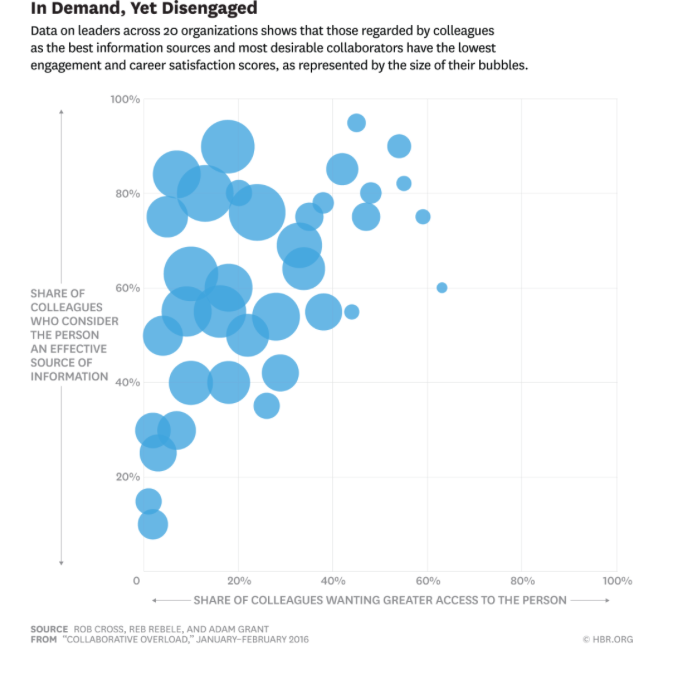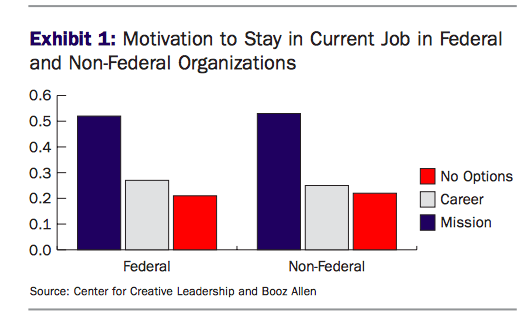The ability to inspire a team is a hallmark trait of a great manager.
Many people believe that you are born with the talent to be a great leader, but numerous studies have shown that leadership can be developed through hard work.
Instead of relying on his or her skills to achieve results, an effective leader brings out the best in each member of the team.
This not only means more effective teams, but also more motivated workers.
This article will look at three lesser-known strategies for inspiring your team.
Current research suggests these strategies will help you inspire and motivate your workers, making them happier, more effective and more productive.
Related Article: Make It Count: Team Building Ideas That Will Make Your Employees Love Their Job
1. Give Less Power to Your Top-Performers
Collaboration is the key to success in a team environment. If a team works well together, work gets done more efficiently, and that work tends to be of higher quality.
In addition, team members who are able to function well together are more likely to stay inspired and motivated throughout a project. Whereas workers in an unbalanced team are more likely to get discouraged and be less effective.
It is obviously a serious problem to have unbalanced teams in any manner. But is there a way to avoid creating these types of ineffective teams? Recent research published in Harvard Business Review gives us a clue as to how to create well-balanced and inspired teams: surprisingly, the answer is to give less power and responsibility to top-performers.
The research suggests that approximately three to five percent of employees contribute 20 to 35 percent of all value-added collaborations. This means that a very small segment of the team is actually driving most of the team's performance. But does it really matter who is driving performance, as long as your team is getting results?
Apparently, it does matter. This phenomenon, known as escalating citizenship, may actually have some pretty serious negative consequences on your team as a whole.
For the individuals who have come to be relied upon for doing the lion's share of the work, the unintended consequences may be exhaustion, increased stress, and work and family conflict. The research also indicates that these individuals experience the lowest engagement and career satisfaction scores, which ultimately increases their chances of moving on to another organization or of "spreading their growing apathy to their colleagues."
The question, then, is this: How do you empower top collaborators to stay engaged while not burning them out? One place to start is by redistributing responsibilities among the group. Since top-performers are more likely to take on more work, actively assigning responsibilities and decision-making capabilities to various team members may help.
Second, it's important to recognize and reward those team members who play an integral role in assisting the top performers.
Some top-performers take on the role of "lone ranger" hitting group goals all on their own. Rewarding these workers for their performance is important. However, some team members may aid these high-performers without actually achieving high-performance measures themselves.
Failing to acknowledge and reward these other workers can inadvertently hurt the motivation and performance of those workers and the team as a whole. The team will notice inequities. It is important to occasionally note who on the team is actually doing the work. Is your top performer not really the performer? Do they assign other team members and then take the credit for themselves?
Related Article: Is Your Culture Toxic? Tell-Tale Signs That Your Company Culture Needs a Re-Boot
2. Tone Down the Positivity
It's widely believed that an unhappy workforce is an unmotivated one. Because of this belief, managers may at times overcompensate by avoiding any type of negative feedback and focusing only on praise and positivity.
And certainly, supporting a positive work environment is important for keeping employees motivated. However, is there ever a point when too much positivity actually demotivates a team? According to research published in the Journal of Organizational Behavior, the answer is a resounding yes.
Researchers surveyed 236 employees of a software development firm to look at the correlation between motivation and levels of positive affect. Workers were asked to rate a number of statements related to their workplace effect. For instance, rating oneself highly on a statement like "I have energy and spirit at work" would count as a high positive affect.
Managers were then asked to independently rate workers based on their proactive behaviors in the workplace.
Surprisingly, after comparing the results of both surveys, researchers found that very high levels of positive effects actually led to decreased proactive behaviors. They explained the phenomenon as the following: "Positive affect can reach a level such that employees perceive that they are doing well and it is not necessary for them to take initiatives, thereby reducing their proactive behaviors."
In other words, once a certain level of positivity was reached, people felt they were doing so well that they no longer needed to work hard.
To inspire and motivate your team, it's important to find ways to foster positivity, but only to a point. The study's authors note that workers with "intermediate levels of positive affect are most beneficial for proactive behaviors." Of course, finding this sweet spot isn't always so obvious.
Research out of the University of Michigan suggests a number of strategies that can boost motivation and morale, potentially helping you reach the optimal levels of positivity. These strategies include being kind and compassionate, treating others with respect, practicing forgiveness and actively helping out team members.
And the good news is that researchers found there's no way to overdo these types of virtuous behaviors. They write, "The more the virtuousness, the higher the performance in profitability, productivity, customer satisfaction, and employee engagement."
3. Connect Team Members With Your Company Mission
People want to feel that they're part of something bigger than themselves. And one of the best ways for workers to experience this feeling is to understand and feel personally connected with their organization's mission.
Like many managers, you may not have explicitly articulated your mission or vision to your team members. However, research suggests that communicating this mission statement and feeling is indeed a major factor in keeping workers motivated.
In a survey of both federal and private sector workers in the U.S., a surprising percentage, more than 50 percent in each group, stated their organization's mission was even more important to them than their own personal career opportunities.
What does this mean to you, as an employer or manager? Workers who are committed to the organization's mission are more likely to stay in their current position. This means lower turnover rates, higher employee satisfaction and ultimately, higher productivity.
But how do you communicate this mission in a way that inspires and motivates? Surprisingly, the research shows that one of the most effective strategies is to provide opportunities to develop new skills within the workplace.
Team members who are given opportunities for professional growth are more likely to report a strong commitment to their organization. At the same time, as they gain new skills and knowledge, they are more likely to use those skills to their own benefit (as well as the organization's benefit).
The study's authors explain it like this: "These findings likely reflect a self-reinforcing spiral. In part because of access to learning and developmental activities, mission-focused people identify and pursue developmental opportunities, thus acquiring new skills and experiences. They then leverage their increased capabilities for both professional advancement and organizational impact."
Want your team members to feel inspired, while at the same time developing important new skills? Give them ample opportunities to learn and grow, if they so choose.
Related Article: Smiles Are Free: How a Positive Business Culture Inspires Employees
Final Thoughts
When your usual strategies fall flat, sometimes it's good to think outside the box. The three strategies suggested above can help you go beyond everyday team building strategies, and find new ways to inspire, motivate and lead your team.

